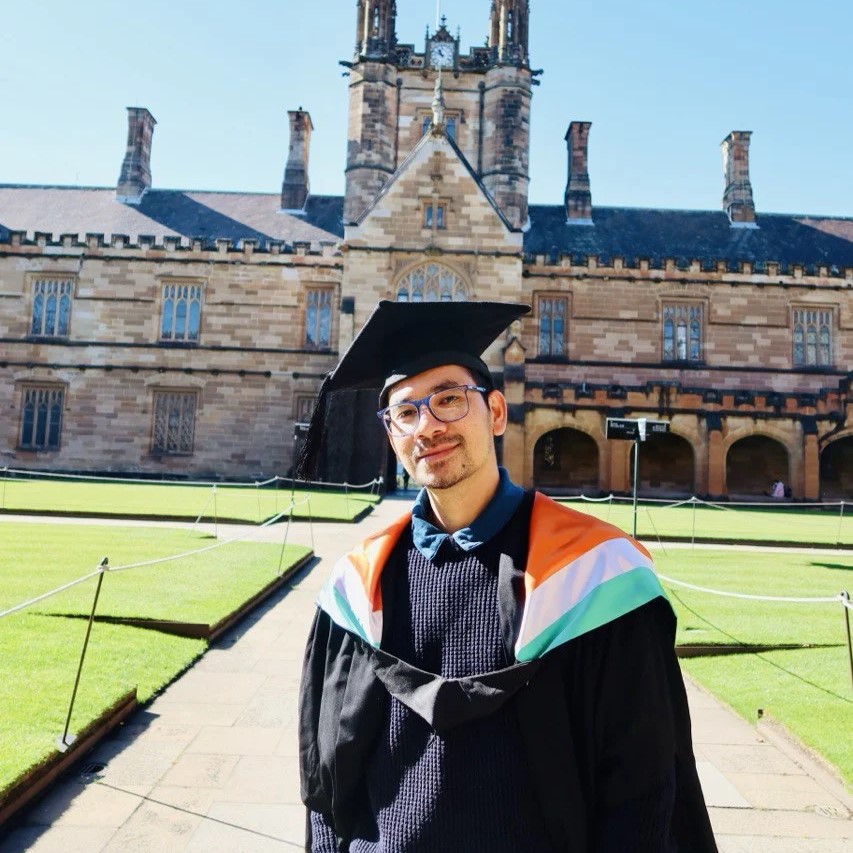

This final article in our series looks at the importance of diaspora alumni efforts, impacts of these organisations, and how to position future diaspora organisations for success.
In December, Yana Mokhonchuk shared the story of the Professional Government Association of Ukraine (PGA) and how it supports the Ukrainian diaspora and the re-building of civil society. The PGA is an excellent example of what can be accomplished through organising an education diaspora and pivoting to address a crisis. Since the war began, PGA has focused its efforts on the new challenges while looking forward to celebrating its tenth anniversary.
Re-engaging diaspora members through education and support
First, the PGA has re-engaged its members as part of a global community uniting in support for their homeland and its future. Educational and career-related events addressing the status of the war and showcasing opportunities for members to be involved in reconstruction and civil service occur at least twice a year both in person and through hybrid means. These events provide valuable networking opportunities. As PGA member Sergiy Bened attests: “In my collaboration with the PGA, I’ve had the unique opportunity to contribute my legal expertise towards significant judicial reform initiatives. This involvement not only demonstrates the impactful role of our diaspora in national development but also highlights the transformative power of professional networks in addressing critical challenges faced by our homeland”.
Professional development and international opportunities
PGA also prioritises professional development opportunities as a benefit for its members. In the last three months, PGA has teamed up with the Harvard Club of Ukraine to provide training on the topic of “Building your Network: from local to global,” and “International Development Careers – how to prepare, trends, and opportunities.” During these events, PGA members also learn about current international development opportunities supporting redevelopment projects in Ukraine and Eastern Europe.
The historical impact of educational diasporas
The Ukrainian diaspora is unusual in being both a forced displacement and an education diaspora. There are many Ukrainians choosing to attend higher education institutions in Europe and the United States. Another example of an educational diaspora that had – and has – significant impact on the home country was the Kennedy Airlift. Originally implemented in 1959 – 1963, East Africans, many from Kenya, were funded to receive their university education in the U.S. and subsequently became part of the politically influential and economically successful.
Fostering leadership and community engagement
The original Kennedy Airlift supported over 800 students including Kenya’s Wangari Maathai, the first African female and first environmentalist to win the Nobel Prize; Mahmoud Mamdani, a prominent Ugandan academic; and George Saitoti, a former vice president of Kenya.
The Kenyan Airlift, a similar concept in a somewhat different format, was started in 2018 and continues to foster leadership and community to support Kenya. Taking a community-based approach that builds the “alumni” network will continue the legacy of economic impact and stronger civic engagement.
Building community
Sustainable Development Goal (SDG) 17 – Global Partnership for Sustainable Development reinforces the importance of diaspora organisations and the opportunities for other global communities to revitalise and/or create and implement sustainable organisational member models.
Any diaspora can create a network that follows a similar model to engage their members and can align their programs around the SDGs based on what is most needed by the community. It does take commitment, significant effort, and time as initial investments to confirm the purpose and create internal organisational and governance structures. With sustained focus and clarity, the diaspora organisation will be better poised to recruit external support and resources.
There is a community of support available through the United Nations Department of Economic and Social Affairs iDiaspora at: sdgs.un.org/partnerships/idiaspora and at theglobaldiaspora.org which is supported by the International Organization for Migration.
As an initial guide, there are five big steps to building a member-driven organisation:
- Establish the mission of the organisation
- Determine early leadership
- Adopt membership and governance structures
- Develop programming
- Identify resources to support the organisation.
In some ways, all five “steps” should be considered together and are mutually reinforcing. Typically, there will be a group of early leaders that gather or convene a larger group to consider the specifics of the mission. Possible priorities that could be included for a diaspora community mission might be:
- Supporting those leaving the home country
- Providing better education in-country and to those in a new country
- Furthering the diplomatic mission of the home country
- Building community for the diaspora itself.
With a draft mission in place, it will be possible to attract others who share the same goals. It is also important to create a structure so that there can be responsible decision making and a framework for developing leadership. With these important components in place, volunteers can help to develop programming of interest to the members and consider approaching sources of financing or other resources.
Conclusion
Together this four part series has addressed the importance of building civic organisations in support of civil society. On the individual level, these organisations provide a supportive community and can have more impact as a group than individually. It is not easy to establish such an organisation however having a model such as PGA, the Kenya airlift and others is invaluable and inspiring. The first two articles in this diaspora series discuss the programs and their impact in greater detail:Diaspora as Community of Impact: A four-part series and Diaspora and the SDGs: Creating a Community of Impact
About the authors
Kathy Edersheim and Gretchen Dobson are co-authors of this four-part series on building diaspora communities. Kathy is president of Impactrics, an organisation of experts in international alumni relations, community development and leadership training that provides consulting to universities and membership organisations. Her book Connect, Engage, Thrive on building alumni networks is scheduled to be published in March 2024. Gretchen is a global engagement strategist, author and academic with 30 years’ experience across six continents. She serves as Associate Director, Scholarships, for Tetra Tech International Development.




